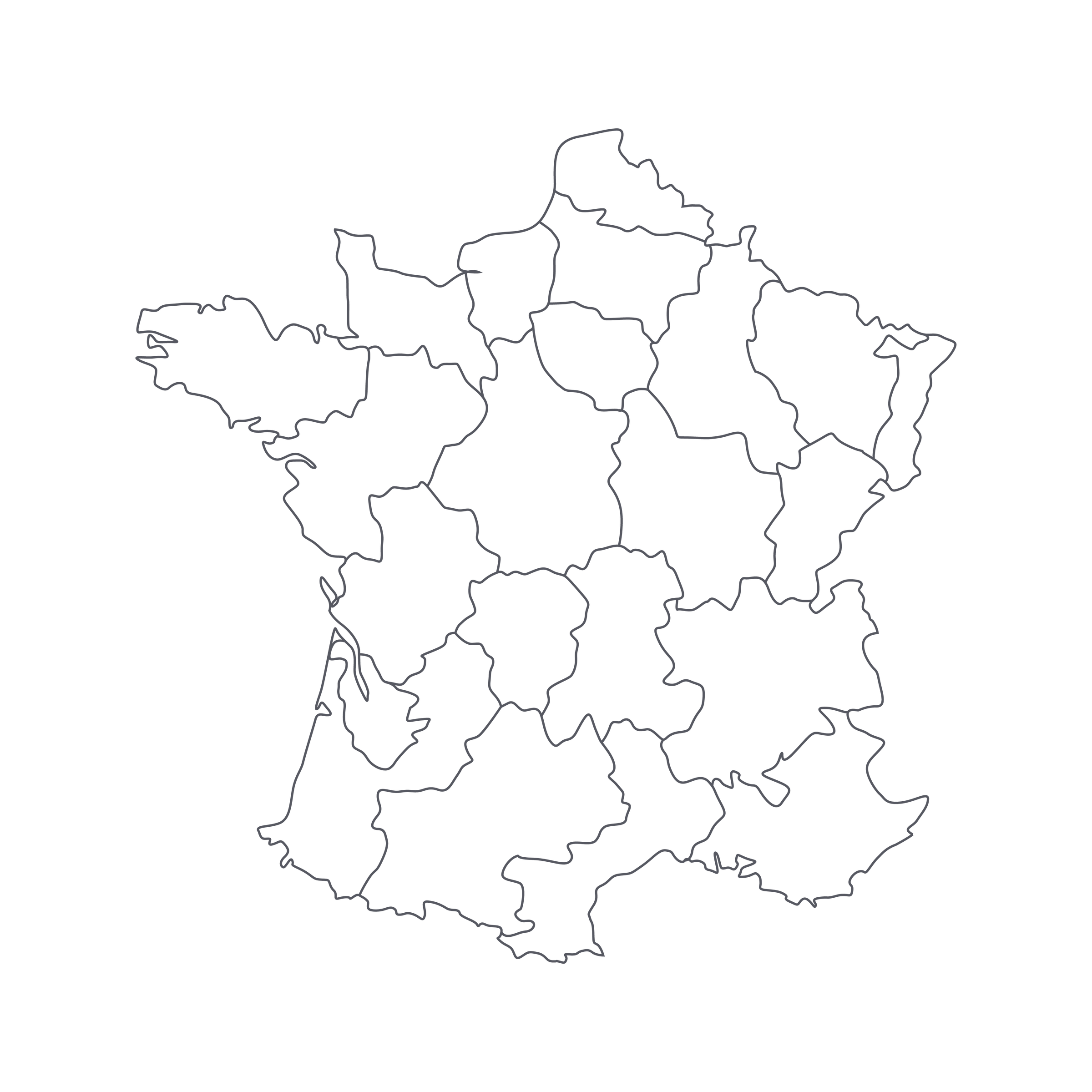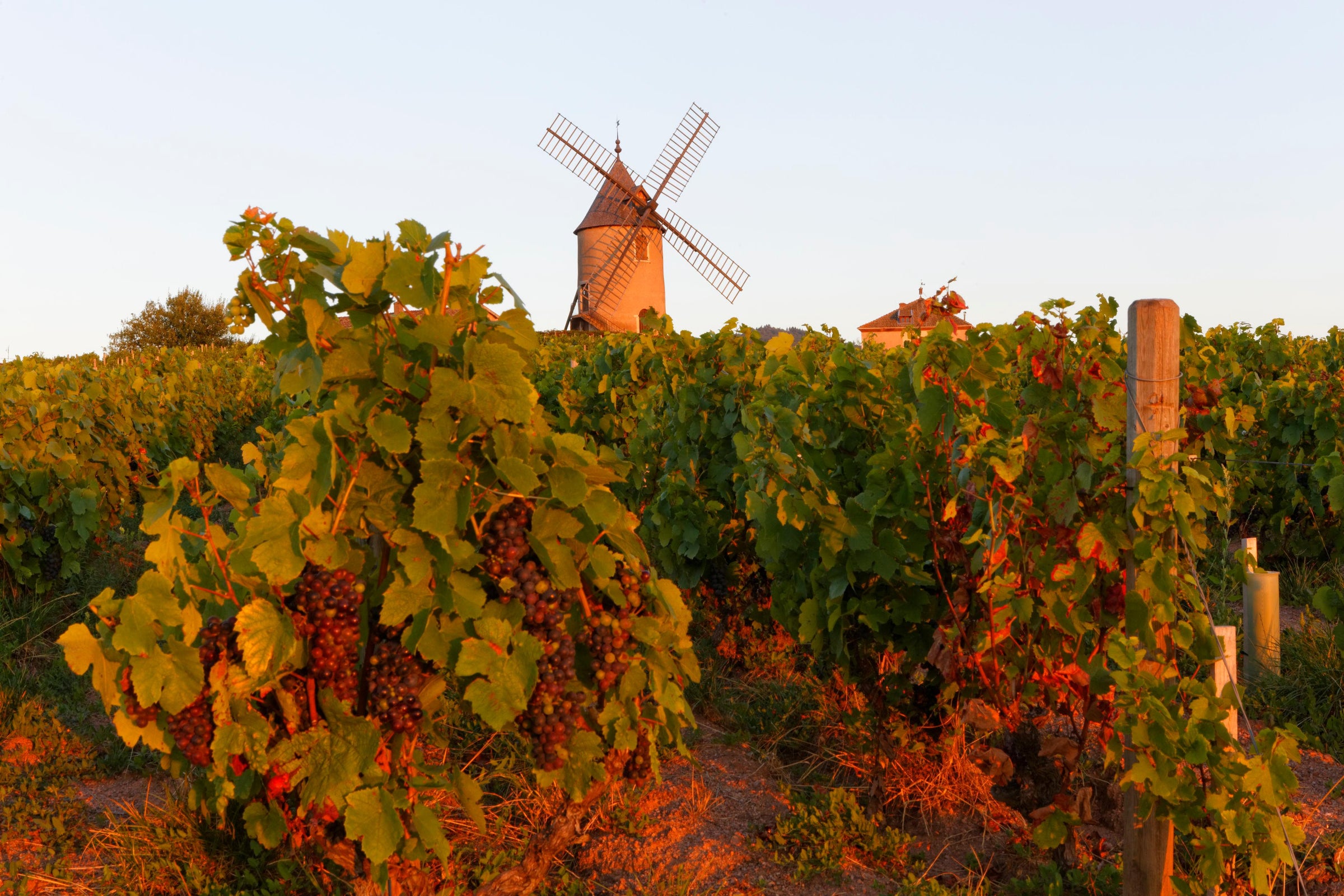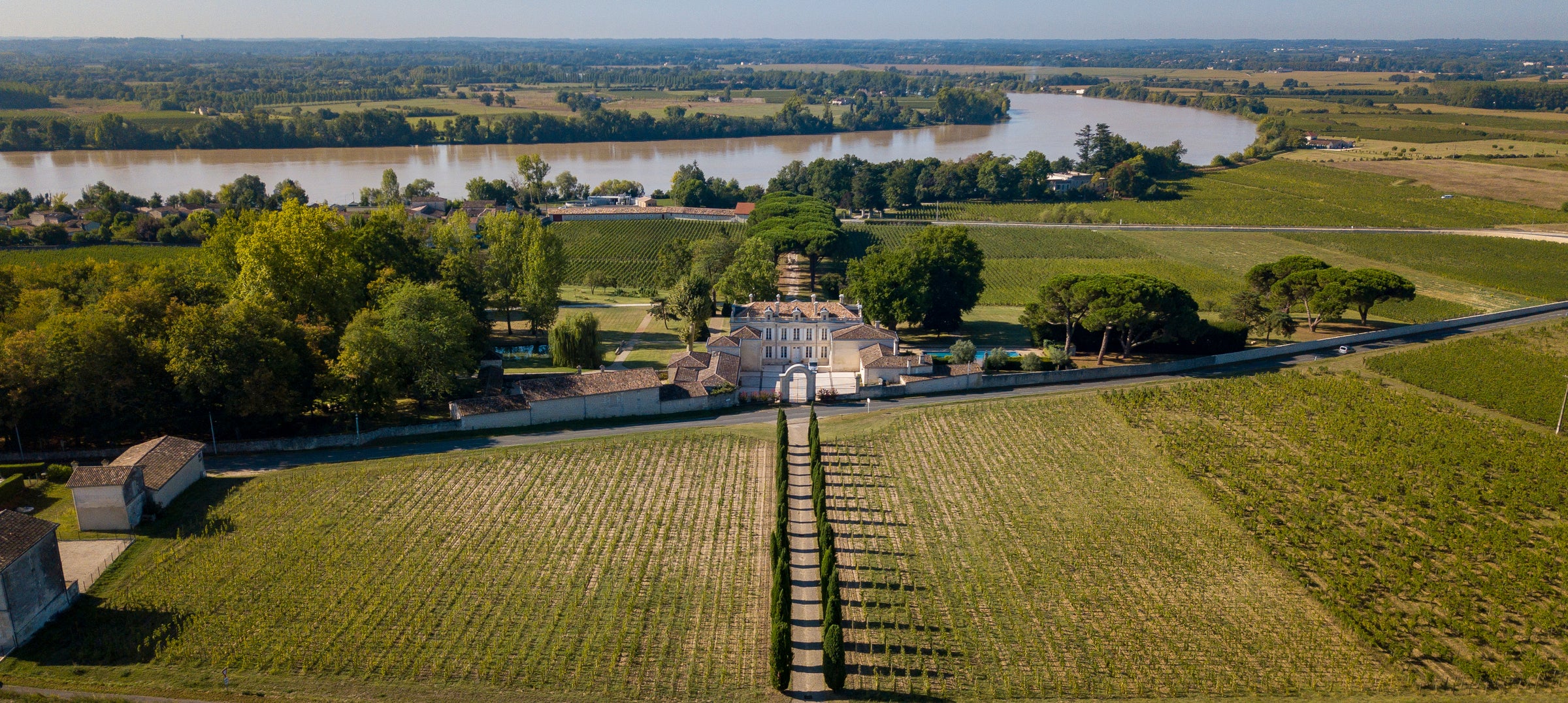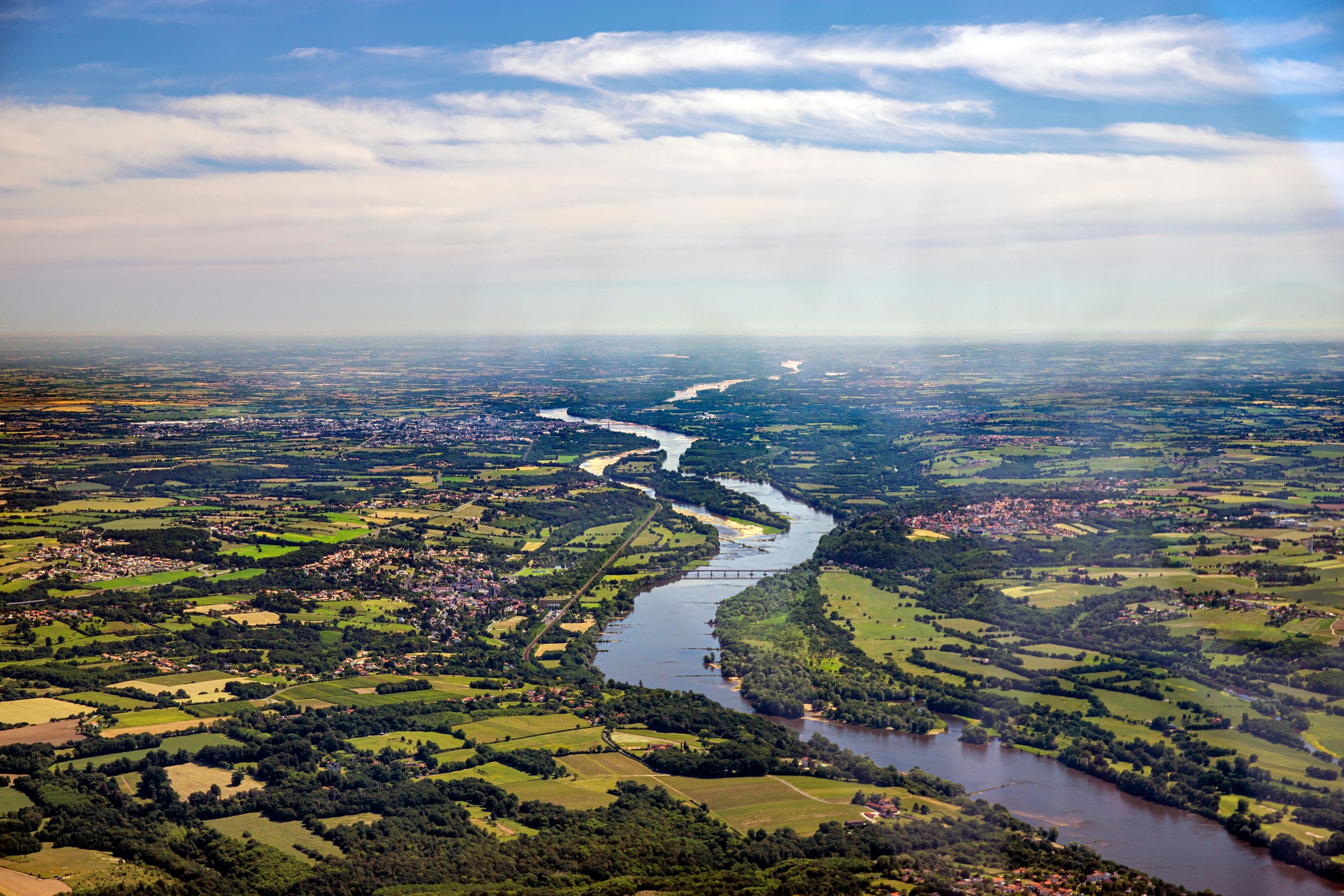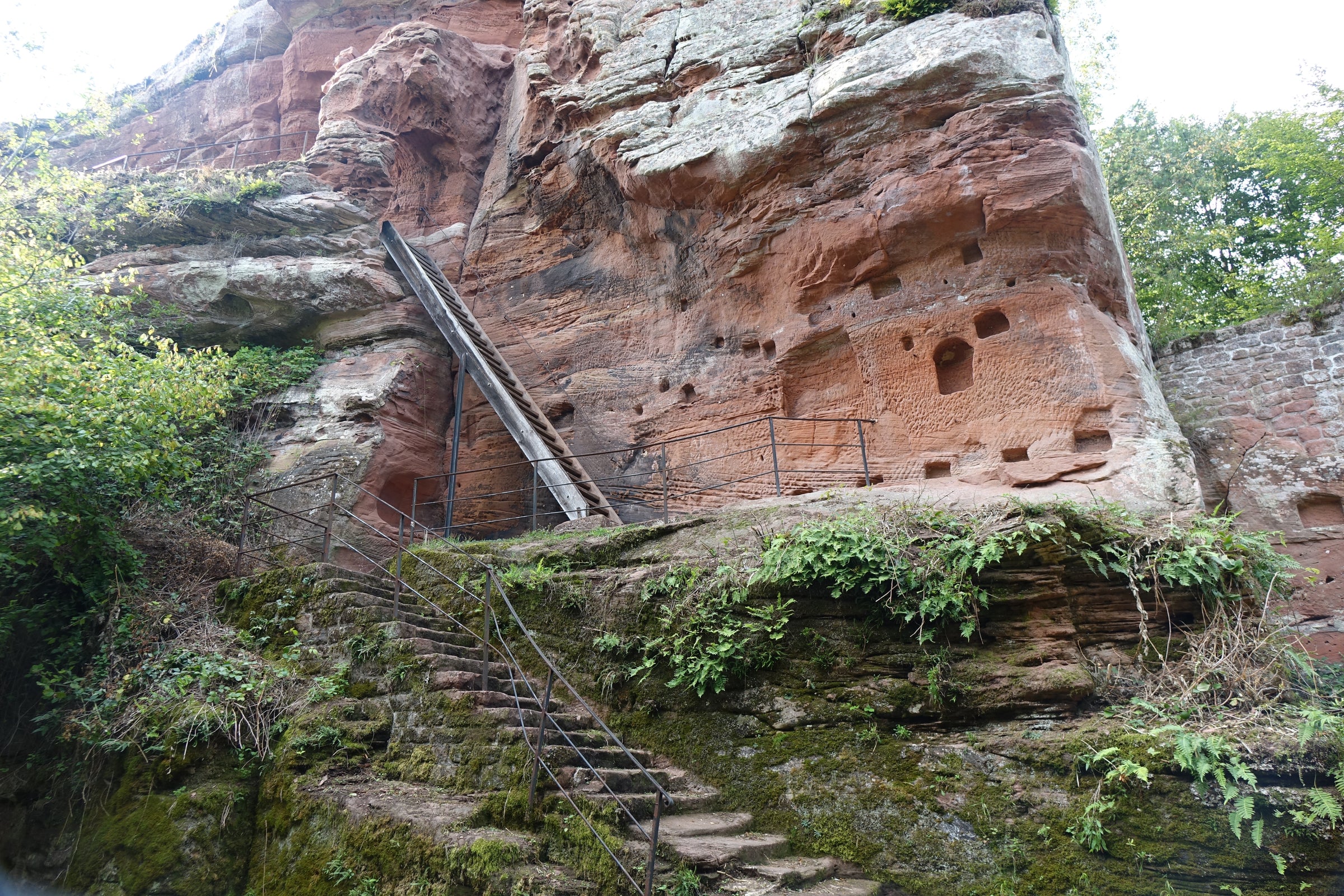You’ll notice that single-site wines outside of Burgundy don’t share the same fanatical fan base, but then again, what other region can claim to be created solely based on vineyard layout? There is always a certain charm and sense of awe knowing exactly where the grapes in your bottle came from.
In 10 short years (though Jo Pithon has made wine since the 1970s), Pithon-Paillé has achieved this coveted identity of place and typicity. Loire Valley aficionados know Jo Pithon as a mutton-chopped champion of natural winemaking and organic farming in the Loire, whose eponymous estate in Anjou was especially known for great whites from Savennières and Côteaux du Layon. But Pithon, now partnered with his stepson, Joseph Paillé, has lately been churning out wildly successful reds; today’s “Dents de Pierre” is one of the purest expressions of Cabernet Franc we’ve come across in quite some time. Have you heard of Clos Rougeard? The nearly impossible-to-find gem of Saumur-Champigny? This wine offers similar purity, concentration and vibrancy at a fraction of the cost. Imagine a vibrant, seamless Right Bank Cabernet Franc in neutral oak and you’ll be hovering around the style of Pithon, albeit with added layers of pure fruit and jaw-dropping fragrance. This is a wine that could only come from the small enclave of Saumur-Champigny, one of the greatest Cabernet Franc terroirs on earth. If you want to see what the grape can do with some age and don’t want to pay Clos Rougeard prices, stockpile this and enjoy it over successive years—you’ll pat yourself on the back for it. It is that good.
Jo Pithon got his start in the Loire in 1978, building up his vineyard holdings over the years to more than 20 hectares across a number of appellations. He was an early adopter of organic viticulture and what has come to be known as “natural” winemaking: using only ambient yeasts to inoculate fermentations; keeping any sulfur additions to an absolute minimum; eschewing chaptalization (the addition of sugar to the must to raise potential alcohol levels); and fermenting and aging wines in used oak barrels. He was a natural winemaker before ‘natural wine’ was a thing, but he ultimately lost control of his domaine. After taking on an outside investor whose views on viticulture and winemaking differed from his own, Pithon walked away, leaving his brand behind in the process.
In 2008, he and Joseph formed Pithon-Paillé with the help of both families. Theirs is a négociant business, with their partner-growers held to rigorous organic standards. Crafted from 100% Cabernet Franc, “Dents de Pierre” came from a small single vineyard looking down on the Loire River. Vines here are 40+ years old and grapes were hand-harvested at very low yields. In the winery, grapes are destemmed and fermentation is triggered by indigenous yeasts in stainless steel tanks. The wine is then transferred into oak barrels that range from 2-5 years of age. It ages for 12 months in their limestone caves and is bottled without fining (with negligible sulfur adds).
In the glass, “Dents de Pierre” displays a concentrated dark purple core with magenta and garnet hues on the rim. It shows perfect clarity on the nose with none of the funk that plagues some Loire reds. The aromas show pristine aromas of raspberry, blackcurrant, boysenberry, wild purple flowers, green tobacco leaf, lavender, dried herbs, and crushed stones. It’s perfumed intensity carries into a densely polished palate with levels of texture that last minutes rather than seconds. This takes out the dirty green, adds the clean, and spruces it up with lovely layers of pure fruit expression and perfectly framed freshness. I consider this an undercover cellar selection; one wouldn’t think to stow this away but it will evolve wonderfully over the next decade, developing deeper savory characteristics like great red Burgundy. Nevertheless, I urge you try a bottle as soon as possible; allow a 30 minute decant and switch to Burgundy stems instead of Bordeaux due to the wine’s incredible perfume. Serve slightly on the cooler side, around 60 degrees, and don’t be afraid to keep it in the glass as long as you can. Pairing this alongside succulent beef cheeks would be a match made in heaven. Cheers!


